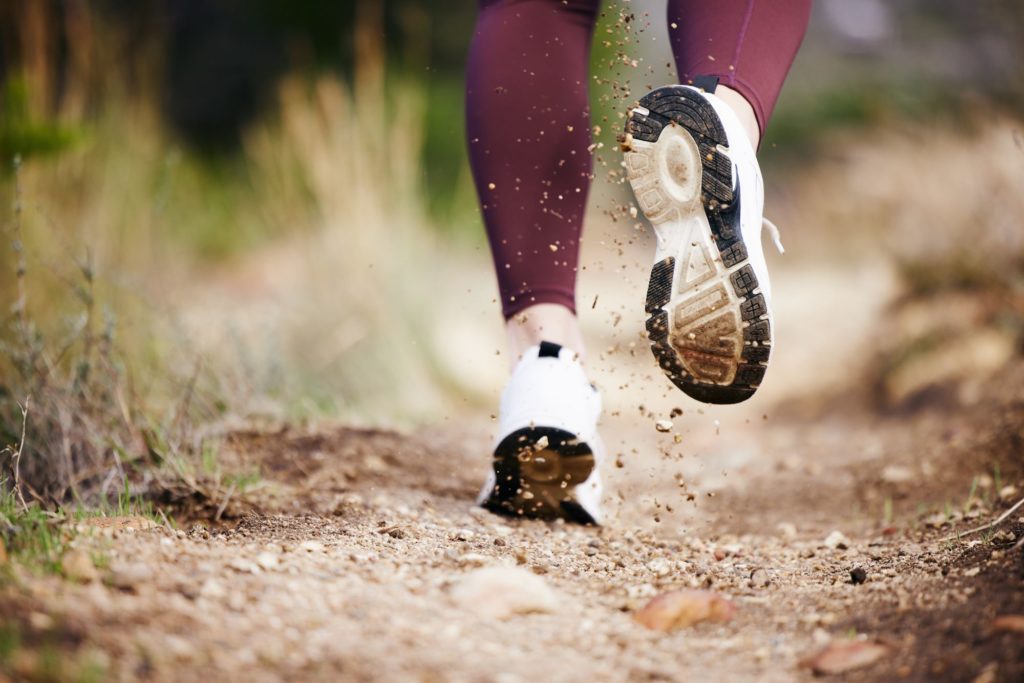In the world of running, your shoes are more than just a fashion statement—they’re the most critical piece of equipment you invest in. While brand recognition, aesthetic appeal, and affordability can often sway our choices, choosing the right running shoes should be about fit, comfort, and support. Whether you’re just getting into running or your current running shoes aren’t cutting it, this guide will walk you through the key factors to consider when picking your next pair.
Understand Your Foot Shape
The first step in choosing the right running shoes is understanding your foot shape. Feet come in various shapes, and factors such as your foot width, arch height, or past injuries can significantly affect the way your shoes fit. Your arch type may also cause overpronation or supination (when your feet tend to roll inward or outward, respectively), which also affects your gait and your shoe fit. If you’re not sure what your foot shape is, specialty running stores and sports health professionals can analyze them for you.

Consider Your Gait
Your gait, or how your foot moves and lands when you run, is also important when selecting new running shoes. For example, if you land on your midsoles or your heels, you’ll likely want shoes with some more cushioning or a higher heel-to-toe drop to reduce impact and strain. For runners who run on their forefeet, a lower drop or zero-drop shoe might feel more natural. Specialty running stores and many sports health professionals can analyze your stride and recommend shoes that offer the appropriate level of support and cushioning.
Choose the Right Type of Shoe
Running shoes are categorized into different types based on the support and types of cushioning they offer:
- Neutral shoes: Best for runners with a neutral gait or supinators with high arches.
- Stability shoes: Designed for runners who have mild to moderate overpronation.
- Motion control shoes: For runners with severe overpronation, offering maximum support.
You’ll also want to consider where you’ll be running. Many companies offer road and trail versions of their shoes with the appropriate amount of traction and cushion for each terrain.
Fit and Comfort
A proper fitting shoe is key to avoiding common running injuries. If possible, take your shoes for a test run or two and take note of the fit and feel. Be aware of factors like if the shoes are too tight, offer too much (or not enough) arch support, or feel unnatural when you run.
The Importance of a Professional Fitting
While the above tips can guide you, there’s no substitute for being professionally fitted by a footwear specialist. These experts can assess your foot’s specific shape and gait, consider any past injuries or issues, and recommend the best shoe for you. They can also provide knowledgeable insights into how different brands and models may fit your foot type and running style.
While aesthetics and affordable prices might tempt you, remember that the right shoe can help prevent injuries, improve your running form, and make your runs more enjoyable. We encourage you to visit a local running store and get fitted by a footwear professional, ensuring your next pair of running shoes supports not just your feet but your overall running goals.
This blog post is meant for informational purposes only. For professional running shoe advice, visit a specialty running store or sports health professional.
